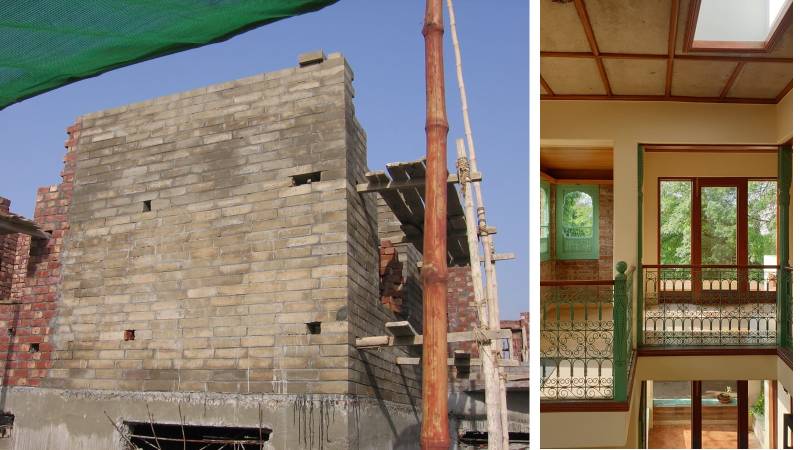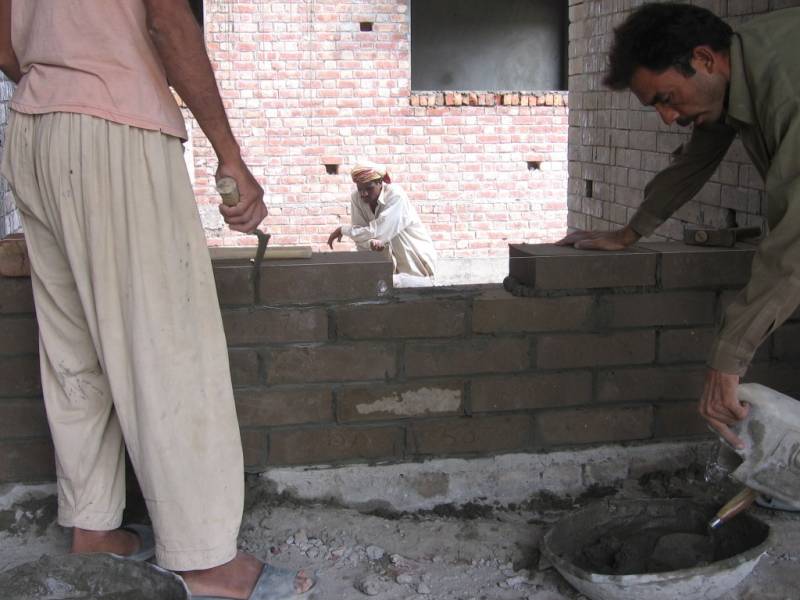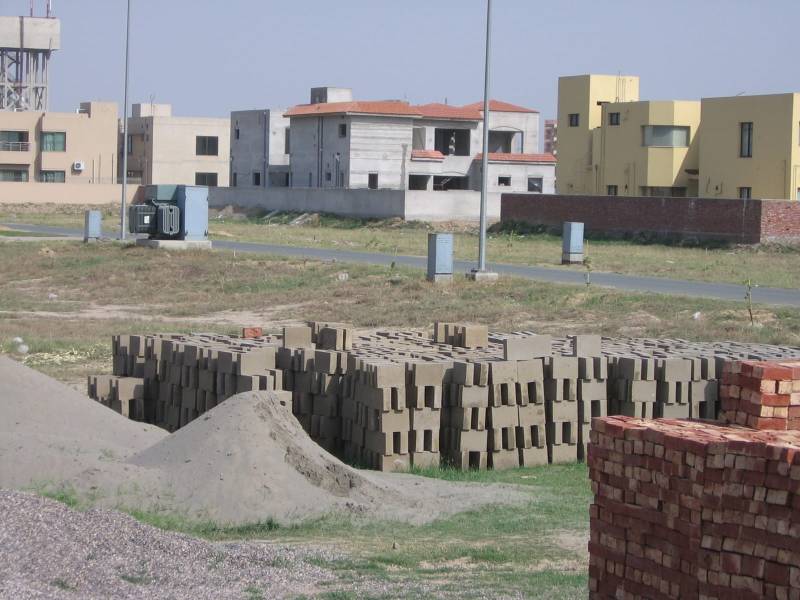
William J Glover’s Making Lahore Modern ends on a paragraph where he criticizes how South Asia is forced to show progress through a colonial lens. While it is a fact well-acknowledged that the countries of the South Asian Subcontinent had to scramble to find their footing once they were independent, it seems too easy to blame the current lack of progress on a time three generations ago. Yes, the local politics are bad and continue to suffer. No, we do not have to choose to follow the White Man anymore. And yet, Pakistan stands at a breaking point.

Young professionals find themselves individually facing a far more complex world than their parents had to. A world where it is difficult to compete with nations far along the “progress” line, especially when you have to start over by yourself continuously.
As an architect and a writer, I often find myself in conversation with many established architects in Pakistan, the most recent one being Nabeela Nazir. An opinionated woman, she holds a stimulating conversation and talks about how architecture firms in Pakistan have to work on restructuring if they want to grow bolder, taking on bigger projects that leave a mark on the architectural history of the region. She concedes to not having such a firm herself.

When I ask to elaborate on this restructuring, she cites examples of law firms, explaining how taking on younger architects and then giving them incentives to grow into partners is what helps such firms grow. In Pakistan, the general practice is to bring on fresh architects for a couple of years, and then when these younger professionals realize they will not be growing monetarily or hierarchically, they decide to leave and start their own companies. While this is how trade and skills worked in years long gone past, it is not a very feasible solution to the quick expansion of the built world today. A single architect can take on only so many projects at a time, with the number of projects decreasing as the size and scope increase. One cannot believe such a business model will benefit the country in the years to come.

I do not mean to say such a move is necessarily right or wrong. Nothing in the course of history turns out entirely right or wrong (unless you are sending children to war), but some innovations are here to stay. We won’t be riding on horseback to travel between cities again. The characters played by Tom Hanks and Meg Ryan in You’ve Got Mail attest somewhat to this reality – bigger corporations outlive smaller, homelier businesses. With the resources and the amount of public attention at their disposal, it is only a matter of time before Joe Fox sends The Shop Around the Corner packing its bags. While the movie might have not intended a sociological message, the fact that the two would-be rivals fall in love with each other says a lot about the direction our society is taking in general. We do fall for the empathetic business – I’d say the movie with its empathetic businessman was a precursor to quirky social media personas for large corporations today.

Nabeela Nazir’s work in architecture is somewhat reminiscent of the Sri Lankan Minnette De Silva. She, too, focuses on building for the region, and not for the ongoing movement of the day. She refuses to paint her walls and instead leaves them plastered in concrete: the walls dry out periodically throughout the varying levels of humidity, while paint conceals the moisture inside and leaves the walls to rot. She makes use of the mud excavated for basements to construct thick, cool walls. She mixes lime, an indigenous construction material forgotten by modern firms, with concrete – to make self-healing mortar. The conduits in her house are not concealed inside the walls, simply because the walls are made of brick and are not the same as hollowed-out structures with drywall panels.

Architectural decisions made on common sense are what produce good design. However, will other local firms look at design and progress the same way as our architect does? Will they look at Foster and Partners and wonder if they could one day be taking on work internationally?
It is a conversation that begs many to step off their high, leading horse, and to embrace humankind as a more collective consciousness.

